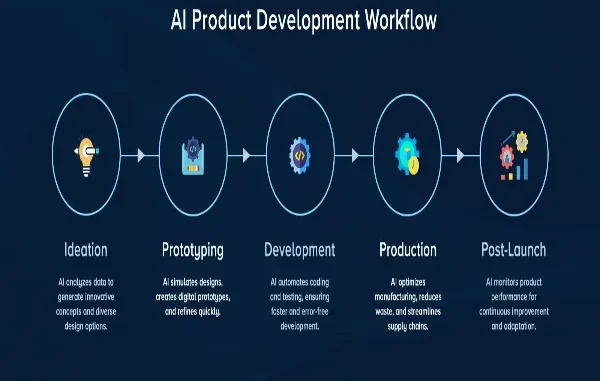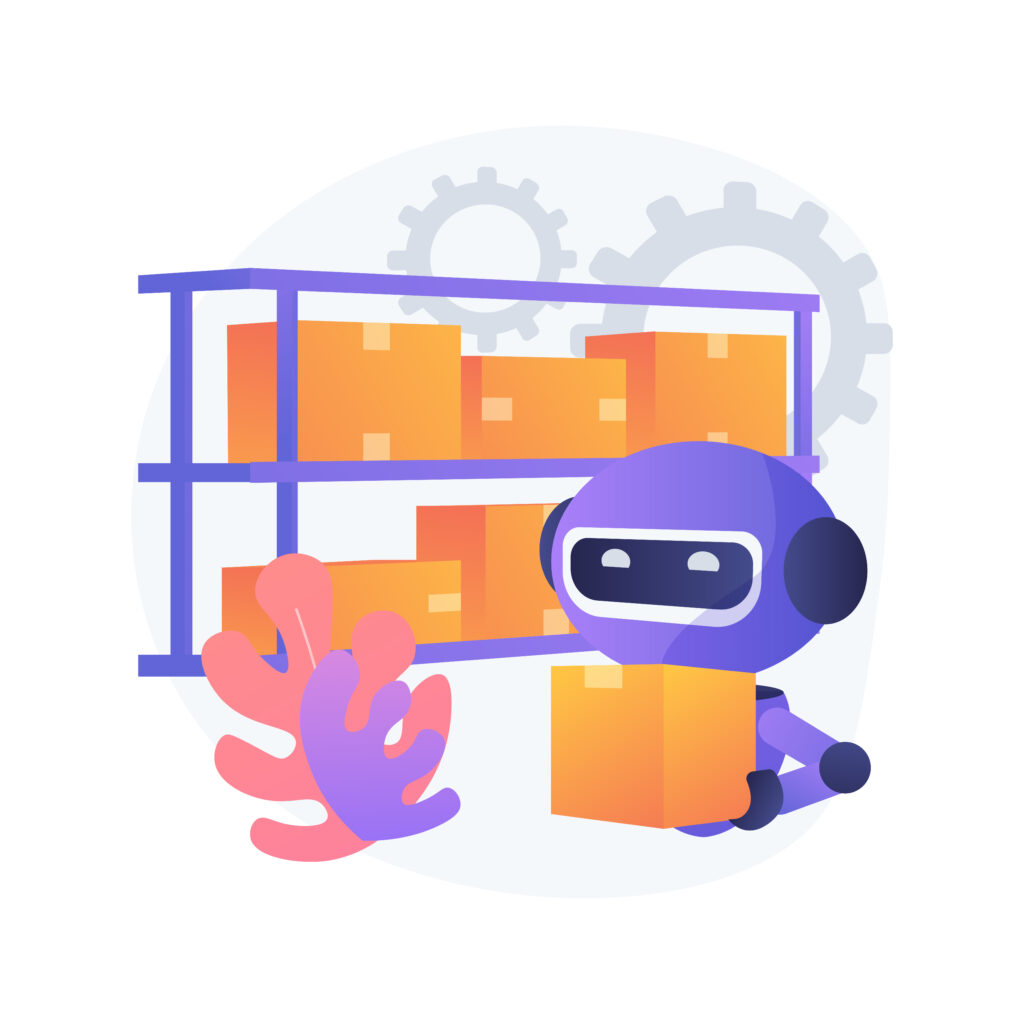

AI-powered products are the new norm for software. Customers expect digital products to offer personalisation and automate routine tasks. Building such solutions is not an easy feat. AI product development isn’t as straightforward as traditional software development, since it requires expertise in AI development and behaviour.
The development process also presents its own unique challenges that are easy to miss. Here you can learn more about AI product development: https://www.altamira.ai/artificial-intelligence/ai-product-development/
What makes AI product development special?
AI product development is fundamentally different from traditional because it requires a new approach. Traditional software has explicit logic, and a rule-based system that is easy to predict and test.
AI product development, however, deal with AI models that learn from data, which causes them to behave in ways developers won’t be able to predict.
A big part of the development process is model training and testing, since it’s the only two instances where developers can influence AI’s behaviour. This means the product’s behaviour depends on factors like:
- The quality of your data
- Data structure
- The design of your model
- Deployment environment
Even small changes in data can throw off model performance.
This makes AI development harder to plan, test, and maintain. It’s less about writing code and more about experimenting, measuring, and adapting continuously.
Common challenges of AI product development
AI product development presents challenges that you won’t encounter with traditional software. Understanding these challenges and how to deal with them will help you keep the development on track.
Unclear problem definition
The problem:
Many teams jump into building models before clearly defining the problem or how success will be measured. This leads to vague goals and wasted effort.
The solution:
Start with a tightly scoped problem. Define what you’re trying to predict or automate, how performance will be measured, and how the model’s output will be used in the product.
Poor-quality or incomplete data
The problem:
AI models are only as good as the data they learn from. If your data is biased or missing key features, your model will perform poorly.
The solution:
Invest time early in understanding your data: its sources, structure, and limitations. Involve domain experts to label data if needed, and document assumptions clearly. Clean, well-understood data saves time later.
Models that work in testing but fail in production
The problem:
A model may perform well during development but break down once deployed, due to changes in user behaviour or data distribution, also known as model drift.
The solution:
Monitor models in production using live data. Set up alerts for changes in input patterns or output quality. Plan for regular retraining cycles based on fresh data.
Slow iteration and feedback loops
The problem:
Training and testing models can be slow, especially with large datasets or complex pipelines. This can drag down development speed and morale.
The solution:
Start with smaller datasets and faster baseline models to test ideas. Use offline evaluations before deploying to users. Automate repetitive steps in your pipeline to speed up experimentation.
Lack of collaboration between teams
The problem:
AI projects often involve engineers, data scientists, and product managers, but they may not speak the same language or share the same priorities.
The solution:
Create shared documentation, goals, and decision criteria. Encourage frequent check-ins. Make sure everyone understands the problem the model is solving, not just how the model works.
Conclusion
Developing AI-powered products requires a different mindset compared to traditional software development. It comes with its own assumptions, risks, and moving parts that fuel uncertainty of the whole process.
Treat AI product development as an iterative process, focus on clear problem framing, and prioritise data quality and cross-team collaboration.
Leave a Reply